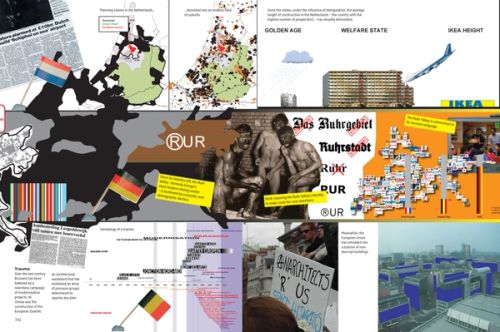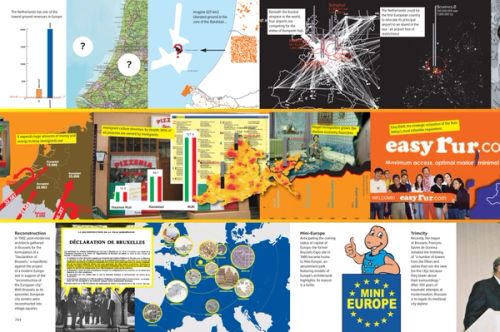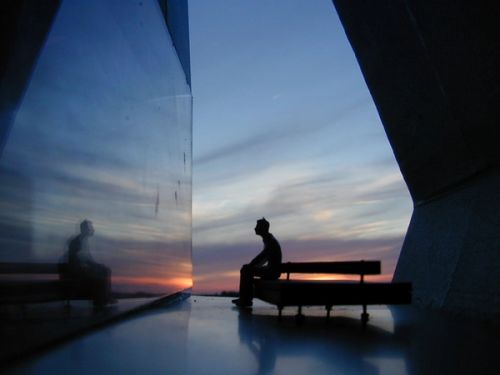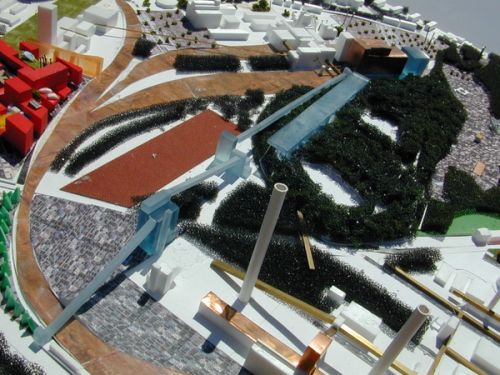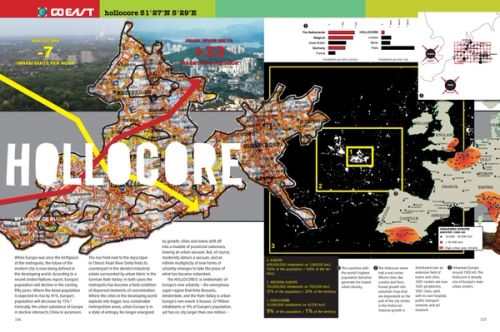
Hollocore Ruhrgebiet
While Europe was once the birthplace of the metropolis, the future of the modern city is now being defined in the developing world. According to a recent United Nations report, Europe’s population will decline in the coming fifty years. Where the Asian population is expected to rise by 41%, Europe’s population will decrease by 13%.1 Ironically, the urban substance of Europe in decline intersects China in ascension. The rice field next to the skyscraper in China’s Pearl River Delta finds its counterpart in the derelict industrial estate surrounded by urban fabric in the German Ruhr Valley: in both cases the metropolis has become a field condition of dispersed moments of concentration. Where the cities in the developing world explode into bigger, less containable metropolitan areas, urban Europe is in a state of entropy. No longer energized by growth, cities and towns drift off into a muddle of provincial sameness, leaving an urban vacuum. But, of course, modernity abhors a vacuum, and an infinite multiplicity of new forms of urbanity emerges to take the place of what has become redundant.





